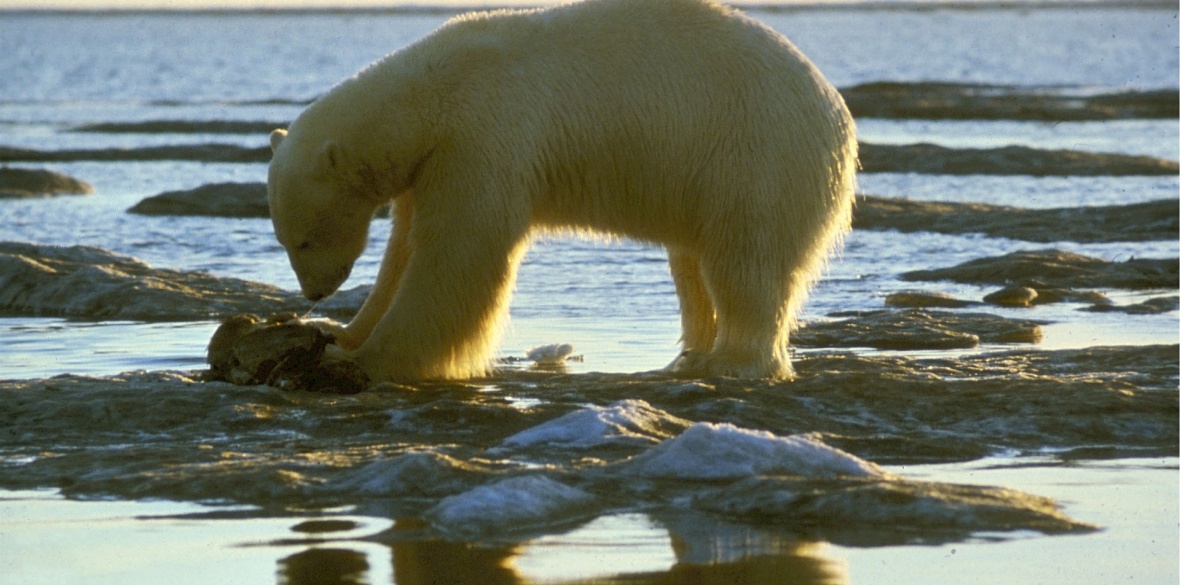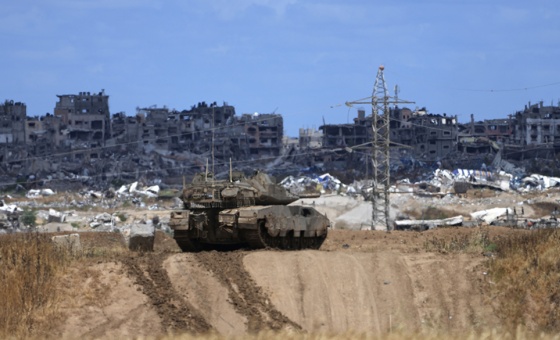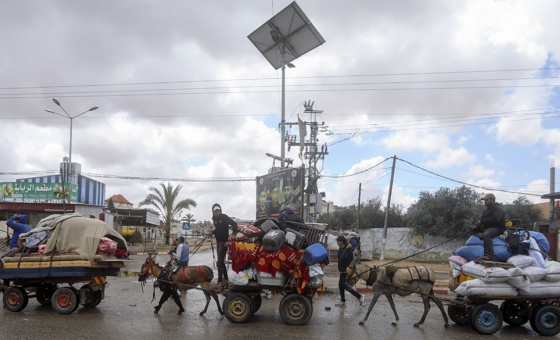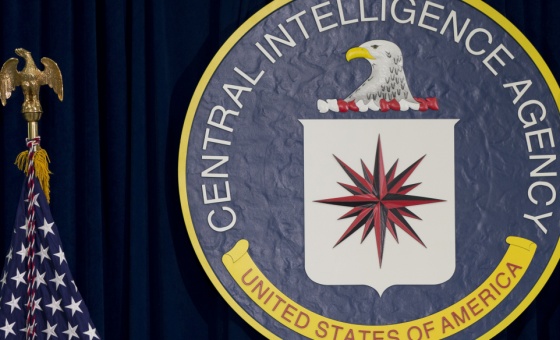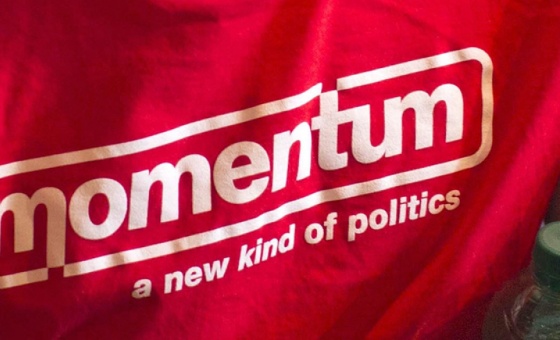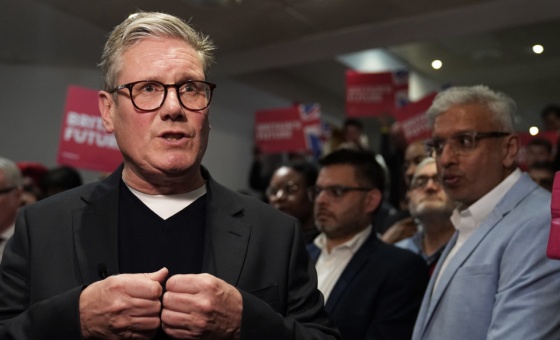This is the last article you can read this month
You can read more article this month
You can read more articles this month
Sorry your limit is up for this month
Reset on:
Please help support the Morning Star by subscribing here
A READER asked me the other day what had first got me interested in nature, animals and the environment.
It took a bit of thought but the memory I kept coming back to was of a baby polar bear (Ursus maritimus) called Brumas.
I was just a toddler when the little bear was born at London Zoo in 1949.
Both my wife Ann and I and the newborn Prince Charles were taken to see the unbelievably cute cub — like an all-white teddy bear.
We didn’t go together, you understand. It would be a good few years before Ann and I met and even in those days Charlie-boy got special treatment being carried over the crowd to get the best view right at the front.
The Brumas phenomenon went on for a good few years. I remember getting Brumas-shaped soap and Ann got a small umbrella with a Brumas handle.
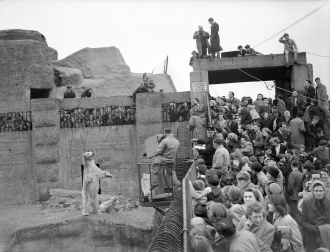
Visitors to London Zoo jumped from one million to three million, all to see Brumas, and that three million attendance total has never been matched since.
Brumas lived for only nine years — much less than half the average life expectancy for a polar bear in the wild.
As various zoos tried to repeat the Brumas effect, it became clear that early death is not unusual for polar bears born in captivity.
Take, for example, poor Knut — a polar bear born one of twins in Berlin Zoo in 2007.
Knut became an international star and enjoyed similar adulation to Brumas.
Mum abandoned Knut and his twin died, but a devoted keeper hand-reared Knut who went on to earn the zoo well over £10 million in visitors and merchandise.
In 2011 600 people were shocked when the four-year-old Knut simply dropped down dead in front of them.
Knut, it was discovered, had contracted a rare auto-immune disorder previously thought to attack and kill only humans.
Very few polar bears have ever been bred in captivity. There are only 300 or so in captivity worldwide today and almost all have been caught in the wild or are deserted or orphaned cubs. Many were orphaned when one or both parents were killed by hunters.
Yes, people do still hunt polar bears. It’s a very lucrative business for the Canadian government.
If you have around £30,000 you can go on a perfectly legal hunt led by an aboriginal Inuit hunter and shoot yourself an eight-and-a-half-foot-tall male polar bear weighing up to a ton.
Currently, all Arctic states except for Canada, which is home to 60 per cent of the world’s polar bears, have banned hunting.
The United States outlawed polar-bear hunting in 1972. That’s why hundreds of rich, bloodthirsty US hunters cross the Canadian border to pay thousands of dollars to shoot them.
Because the US bans the import of polar-bear fur or any other body parts there are hundreds of corpses, shot by US hunters, in Canadian freezers.
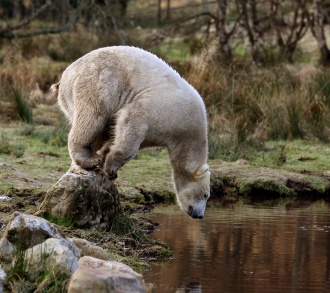
In Quebec, Canada, I visited a polar-bear exhibition. I was appalled when it actually turned out to be just a very posh shop dedicated to selling polar bear pelts, rugs with heads, skeletons, clothing and all sorts of body parts including heads, teeth, claws and even penis bones made into knives.
US President Donald Trump has made noises about allowing the import of polar-bear corpses shot by US hunters.
He had already relaxed laws on hunting brown, black and grizzly bears in the US, including shooting cubs and hibernating bears.

In Russia, where polar-bear fur coats and rugs are popular with oligarchs impressing their friends, poachers kill over 100 polar bears a year.
Polar bears are some of the most majestic and beautiful animals in the world. The global population is down to between 20,000 and 22,000, putting them on the edge of extinction.
Hunters kill over 1,000 animals every year, but polar bears are also threatened by air and sea pollution.
Another major threat is global warming.
Polar bears love the cold and the snow, and the main habitat of the 20,000 or so polar bears in the Arctic is sea ice, where they hunt seals by waiting for them to surface at holes in the ice. There’s not enough food on land to sustain a polar bear population.
This June Verkhoyansk, a town in Siberia north of the Arctic Circle, recorded a temperature of 38°C (100.4° Fahrenheit).
That’s the highest-ever temperature recorded in the Arctic since records began in 1885. 38°C is hot enough to drive Britons off a beach — phew!
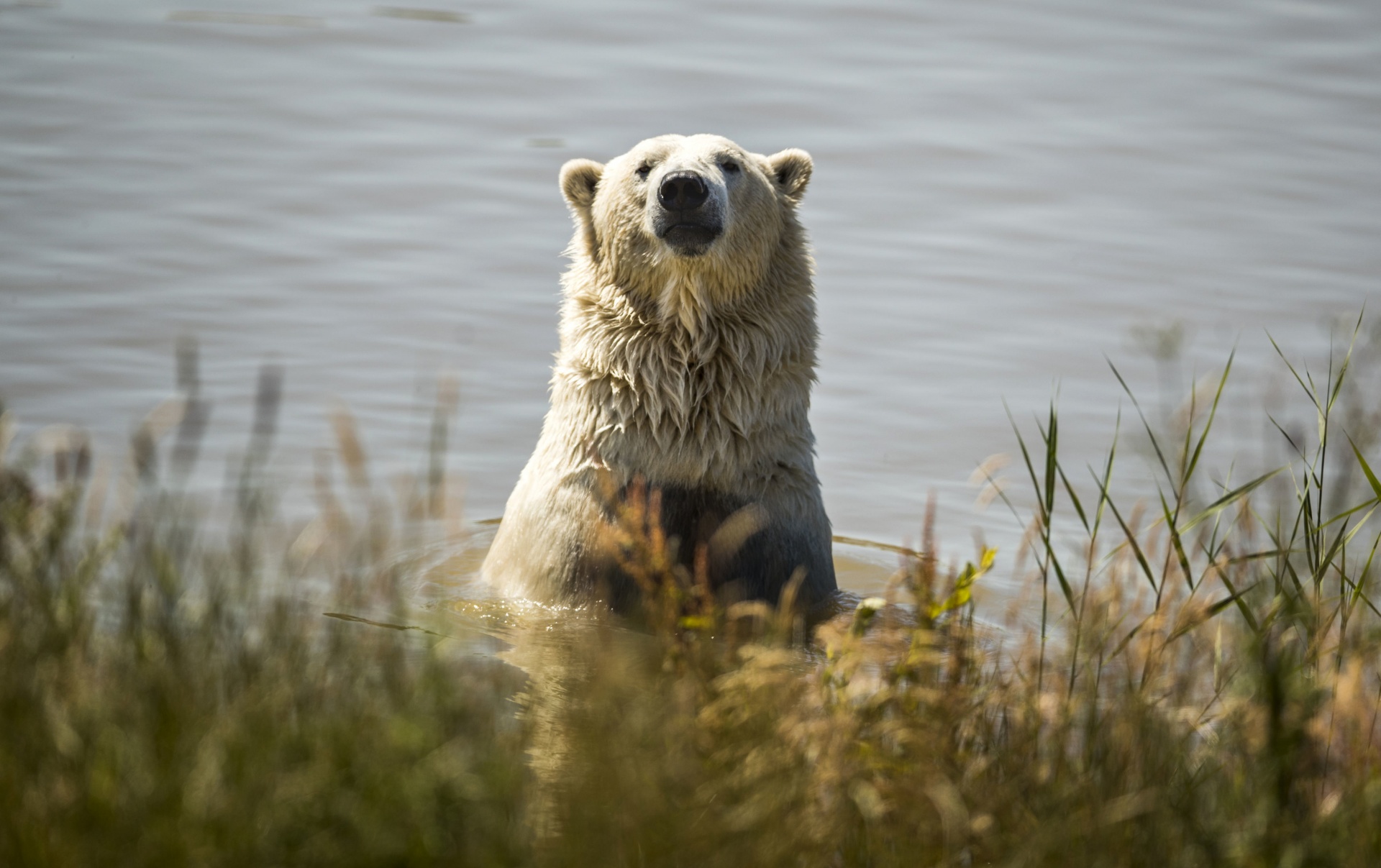
In recent years, pack ice in summer has declined by about 13 per cent per decade. Some parts of the Arctic that previously had ice year-round now have completely ice-free periods in summer.
All across the Arctic, polar bears face extinction because the loss of sea ice forces them onto land and away from their food supplies for longer periods. As a result the bears will starve if we do nothing to halt global warming.
It is true that polar bears can go without food for months. Fasting bears move as little as possible to conserve energy but sea-ice loss and shrinking populations mean bears need to expend more energy searching for a mate.
Some bears are being found exhausted and drowned because there is no ice for them to haul themselves out of the water.
These Arctic giants have huge ranges in the wild, roaming many of hundreds of miles in their search for food.
They evolved to thrive in the harsh Arctic environment. Now we are destroying that environment.
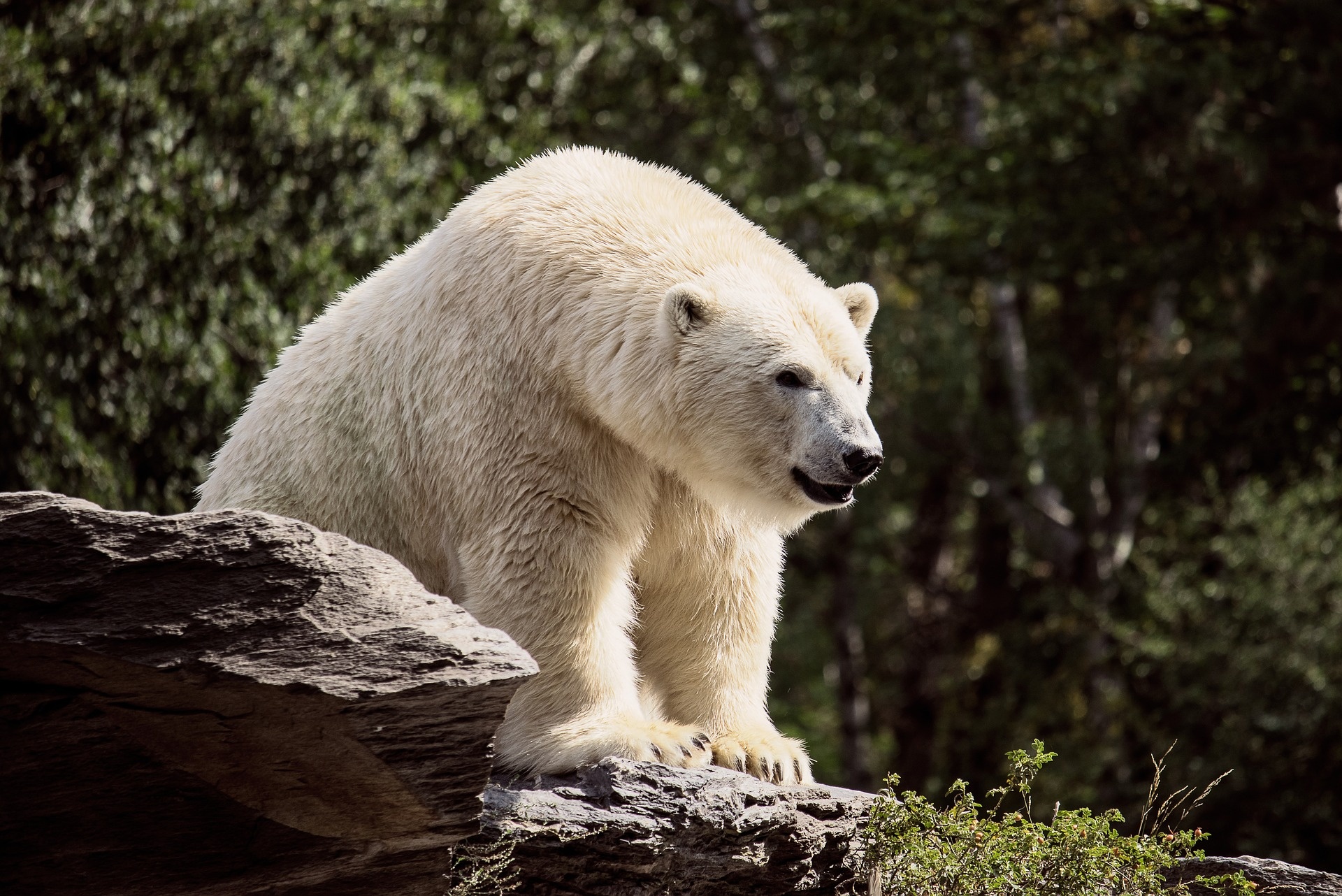
One curious effect of global warming is that polar bears are cross-breeding with grizzly bears.
Normally grizzlies don’t go into polar-bear territory because they struggle in deep snow, but grizzly, brown and polar bears are closely related genetically.
Climate change means grizzlies have been extending their range north. Roaming grizzly males meet and breed with female polar bears.
First-generation hybrid bears are half grizzly and half polar bear, but now bears three-quarter grizzly and one-third polar are already being DNA tested and the polar-bear genes will be diluted even more. This trend will be another major nail in the polar bear’s coffin.
Scientists are predicting that all these factors together could make polar bears extinct by the end of the century. Perhaps a tiny colony or two might struggle to survive.
Breeding polar bears in captivity will never save bears from extinction, nor repopulate the wild.
Almost all of the cubs born in captivity die early, and not a single captive-born polar bear has ever been successfully released into the wild.
Most captive polar bears are kept in facilities and often in climates which are totally unsuitable.
Brumas had snow in London every year of its life. Today snow in London is a very rare event.
Captive polar bears suffer from more sickness and psychologically related illness than any other species kept in captivity.
The only other animals that come close are, perhaps unsurprisingly, the orca or killer whale.
In an ideal world there would be no polar bears in zoos. If ever there is an animal that doesn’t belong in a zoo it’s the majestic polar bear.
Zoos and wildlife parks need to be honest. Is that polar-bear cub, or indeed any cute baby of any large and fierce species, really part of an environmental breeding campaign, or a great way to sell tickets and trinkets?

